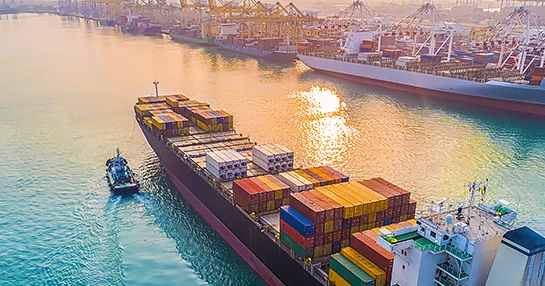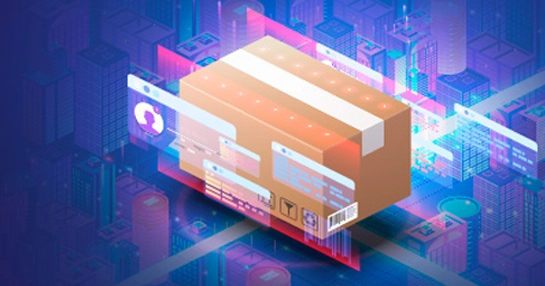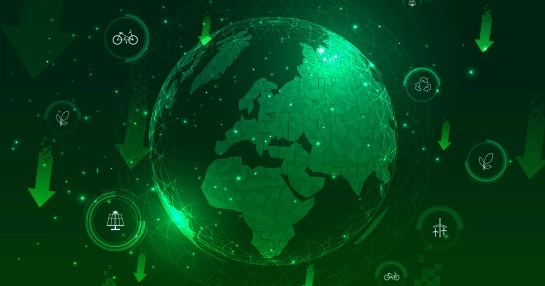-
GEP Software
-
- Procurement Software
- Direct Procurement Software
- Indirect Procurement Software
- Unified Source-to-Pay
- Source-To-Contract Software
- Procure-to-Pay
- Midsize & High Growth Enterprises
- Key Capabilities
- Spend Analysis
- Sourcing
- Contract Lifecycle Management
- Supplier Lifecycle Management
- Third-Party Risk Management
- Purchasing
- Payments
- Data Analytics and Reporting
- Do more with GEP SMART
- Intake Management & Orchestration
- Intelligent Category Management
- Tail Spend Management
- Cost Data & Analytics (GEP COSTDRIVERS)
- AI-First Supply Chain Management
- Supply Chain Visibility and Execution
- Logistics Visibility
- Inventory and Warehouse Management
- GEP Multienterprise Collaboration Network
- Supply Chain Control Tower
- Field Services
- Supply Chain Collaboration & Planning
- Supply Chain Planning
- Purchase Order Collaboration
- Forecast Collaboration
- Capacity Collaboration
- Quality Management Software
- Should-Cost Modeling
- Direct Material Sourcing
-
-
GEP Strategy
-
GEP Strategy
Unrivaled supply chain and procurement expertise + the transformative power of AI
Supply Chain Consulting
- Environmental, Social and Governance
- Sustainability Consulting Services
- Socially Responsible Sourcing
- Scope 3
- Demand and Supply Chain Planning
- Collaborative Planning
- Source To Contract
- Procure To Pay
- Inventory Strategy & Management
- Operations & Manufacturing Excellence
- GEP Total Inventory Management Solution
- Network Strategy & Optimization
- Warehousing & Transportation Management
-
-
GEP Managed Services
-
GEP Managed Services
World-class skills, experience and know-how — amplified by the power of AI
-
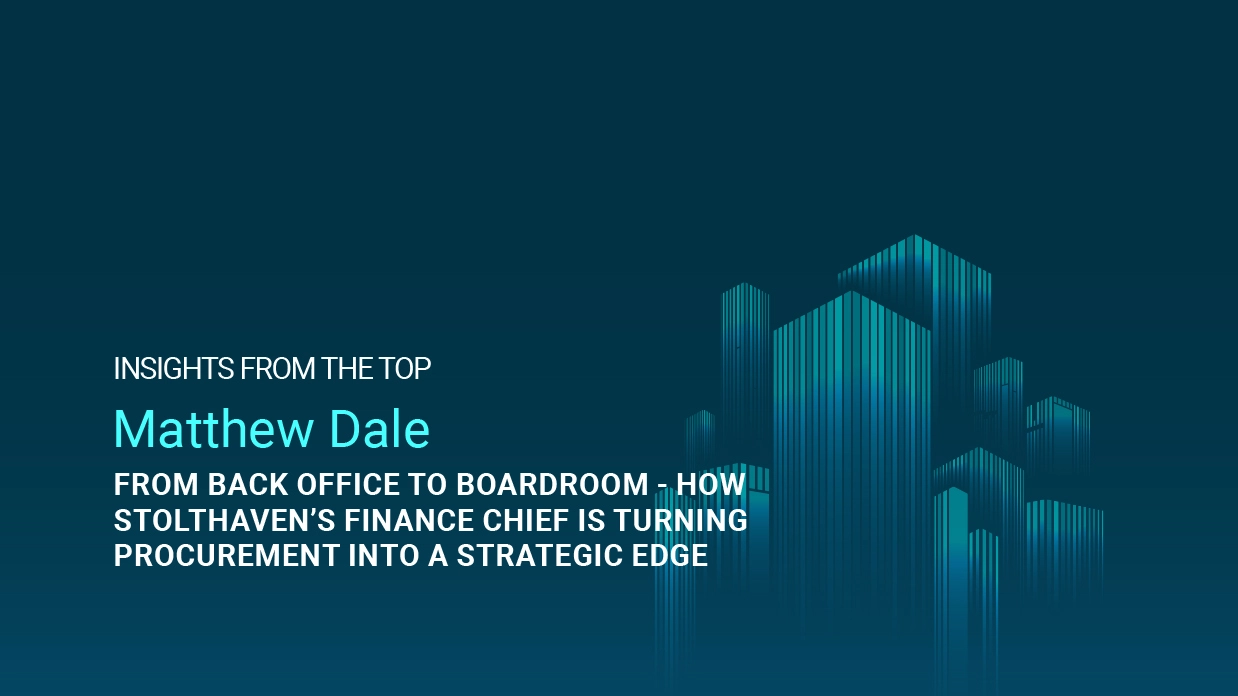
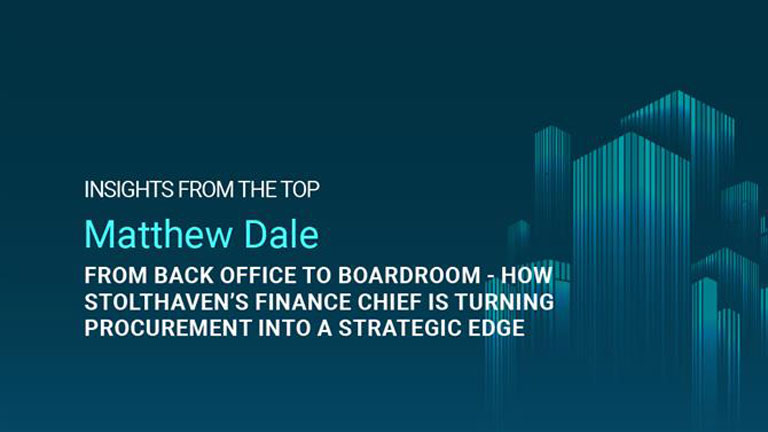
From Back Office to Boardroom: How Stolthaven’s Finance Chief is Turning Procurement into a Strategic Edge
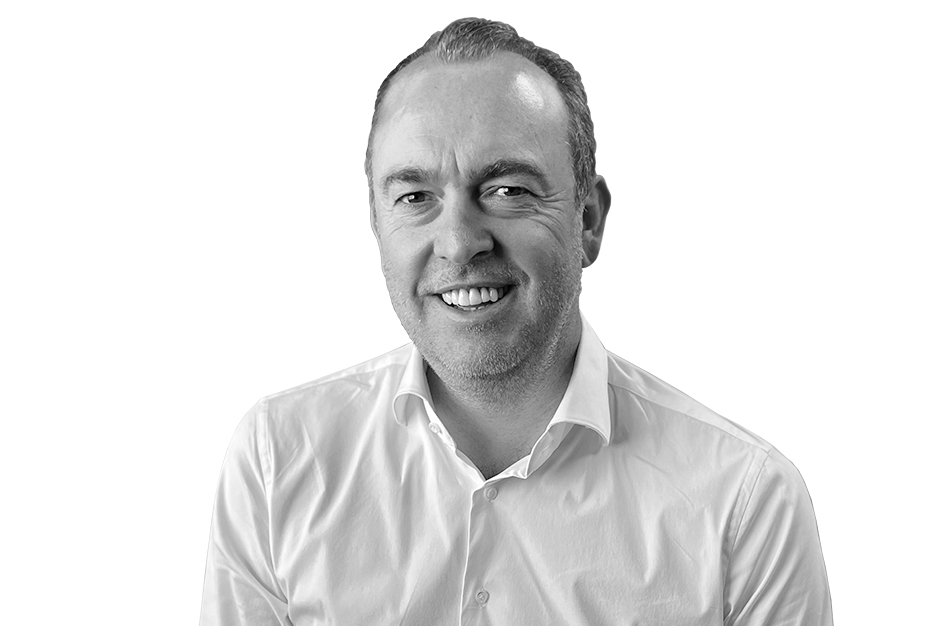
Matthew Dale
Global Director, Finance
Stolthaven Terminals
Stolthaven Terminals, a global leader in storage for specialty liquids, operates in the world’s major ports, managing the critical infrastructure for industries reliant on complex supply chains. With expansions underway across key markets, global finance leader Matthew Dale is driving a transformation — bringing procurement from a transactional function to a strategic growth enabler. GEP recently sat down with Matt to discuss his approach to procurement and leading high-performance teams in a capital-intensive business.
Q: You’ve spent much of your career in finance. How did you come to also lead procurement, and how do you see its role evolving?
When I stepped in, nearly two years ago, procurement was highly operational, focused on issuing purchase orders, keeping the lights on. In finance, we had already evolved beyond just producing numbers — we focused on driving strategy and influencing decisions. Procurement needed that same shift.
In a business like ours, where capital investment is massive and projects are high-stakes, procurement must be a strategic partner. If we miss the mark — projects come in late, over budget, or don’t meet customer needs — we lose our competitive edge. We needed to go from tactical to strategic, helping shape supplier relationships, controlling costs intelligently, and making sure every dollar spent advances our long-term goals.
Q: How did you shift procurement from transactional to strategic?
It started with defining the purpose. The team needed to step out of their comfort zone. We agreed that procurement should be a value driver, just as we had done in finance.
The next step was creating the rules of the game — a framework for how procurement engages with the business. We identified where procurement adds real value, where it must be involved, and where we could streamline or automate. One big shift was moving transactional work to our shared service center in the Philippines, who quickly absorbed the task. This improved our end-to-end P2P process, freeing up 30% to 40% of our buyers’ time. It enables our team to partner with stakeholders early, focus on strategic sourcing, and strengthen vendor relationships. And we didn’t do it alone. We recognized gaps in expertise, especially for large sourcing events, so we brought in GEP to help lead strategic sourcing on capital projects.
Q: How do you track procurement’s transformation?
You can’t manage what you don’t measure, and that’s exactly how we approach procurement transformation. We track five key KPIs: cash influence, which measures the percentage of spend procurement actively shapes; true cost savings, the hard-dollar savings that improve our P&L; procurement-defined savings, including cost avoidance, such as choosing a more expensive asset upfront because it lowers long-term maintenance costs; operational efficiency, where we analyze purchase order volumes and eliminate low-value transactions; and turnaround time, which measures how quickly we execute major sourcing events.
But it’s not just about tracking procurement performance in a silo. We match procurement data with finance KPIs to ensure procurement isn’t just about saving money — it’s about driving smarter business decisions across the company.
Q: Stolthaven is expanding in Houston, New Orleans, and beyond. What role does procurement play in capital projects?
Procurement plays a massive role in our capital projects — we’re talking hundreds of millions in investment. Right now, we’re investing close to $200 million in building new tanks in Houston and New Orleans, as well as tackling additional projects. When you’re dealing with projects of this scale, procurement has to get it right the first time —there’s no room for error.
Our job is to ensure these projects come in on budget and on time. That means selecting the right partners to minimize risk and avoid cost overruns. It’s also about negotiating contracts that don’t just focus on upfront costs but consider the entire lifecycle of the asset. If we get it wrong — if we go over budget, if we miss deadlines, or if we fail to meet customer needs — we don’t just lose money, we lose credibility. And in this industry, credibility is everything.
Q: How does sustainability shape your procurement strategy?
We take sustainability seriously. It isn’t just a box we check. It’s a core part of how we operate. All three Stolt logistics divisions just earned EcoVadis Gold, which puts us in the top 1% of companies globally for sustainability. That didn’t happen by accident. We made a deliberate effort to integrate sustainable procurement into everything we do.
First, we trained our teams to understand and apply sustainable procurement practices. Then, we set clear sustainability goals for all our procurement leaders, ensuring accountability is baked into our approach. And just as importantly, we’re selecting partners who align with our ESG commitments because sustainability isn’t just about what we do internally — it’s about the entire supply chain. At the end of the day, this isn’t just about doing the right thing; it’s about long-term cost reduction, compliance, and future-proofing our business. Sustainable procurement helps us manage risk, control costs, and ensure we remain competitive as regulations and expectations evolve.
Q: Which digital innovations are transforming procurement?
We’re in the middle of a major ERP upgrade to Oracle Cloud, and for me and the team, AI-driven procurement is the next big unlock. The goal is simple: further eliminate manual work so our team can focus on strategic objectives rather than administration. One big priority is automating PO creation, so buyers spend more of their time on high-value activities. We’re also rolling out real-time dashboards — no more waiting for reports. We want instant insights at our fingertips.
Then there’s AI-driven variance analysis, which will help us detect cost trends before they impact the bottom line. All of this is about ensuring we’re growing our team individually and collectively and making procurement more strategic, more data-driven, and ultimately, more effective at driving business value.
Q: What are the core principles of your leadership?
For me, effective leadership boils down to creating purpose, enabling and empowering people, and fostering a culture of curiosity and generosity. If people don’t understand why their work matters, they’re just processing transactions. Procurement isn’t just about issuing POs — it’s about adding real value to the business. The higher you go in leadership, the more success depends on how well your team executes. That means coaching, mentoring, and challenging people to step up and think bigger.
Beyond that, great leadership is about curiosity and generosity. The best teams ask, “Is there a better way?” They’re generous with their time, sharing knowledge and helping each other succeed. If you build that kind of culture — where people challenge the status quo and lift each other up — you’re not just leading a department, you’re driving real business impact.
Q: What’s your top advice for peers?
If there’s one piece of advice I’d give, it’s this: Know your business beyond the numbers. Too often, finance and procurement leaders stay behind spreadsheets. That’s a mistake. If you don’t understand how your company operates on the ground, you won’t make the best financial or procurement decisions. At Stolthaven, we make sure our finance and procurement teams see the business firsthand. Every new team member spends a significant amount of time in the field with their hard hat on, walking the tanks and watching operations in action. When you experience the business up close, the numbers take on a whole new meaning.
About Stolthaven
Stolthaven Terminals, a subsidiary of Stolt-Nielsen, is one of the largest providers of storage services for bulk liquids and specialty gases including chemicals, clean petroleum products and liquefied natural gases, with 15 terminals located around the world, including expansive facilities in U.S. Gulf ports of New Orleans and Houston.
Breadcrumb
- HOME
- INSIGHTS FROM THE TOP
- FROM BACK OFFICE TO BOARDROOM: HOW STOLTHAVEN’S FINANCE CHIEF IS TURNING PROCUREMENT INTO A STRATEGIC EDGE





